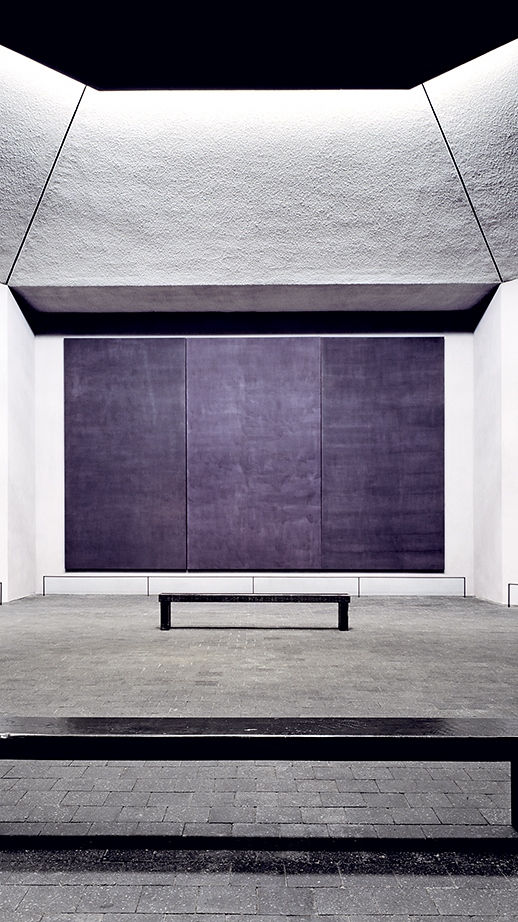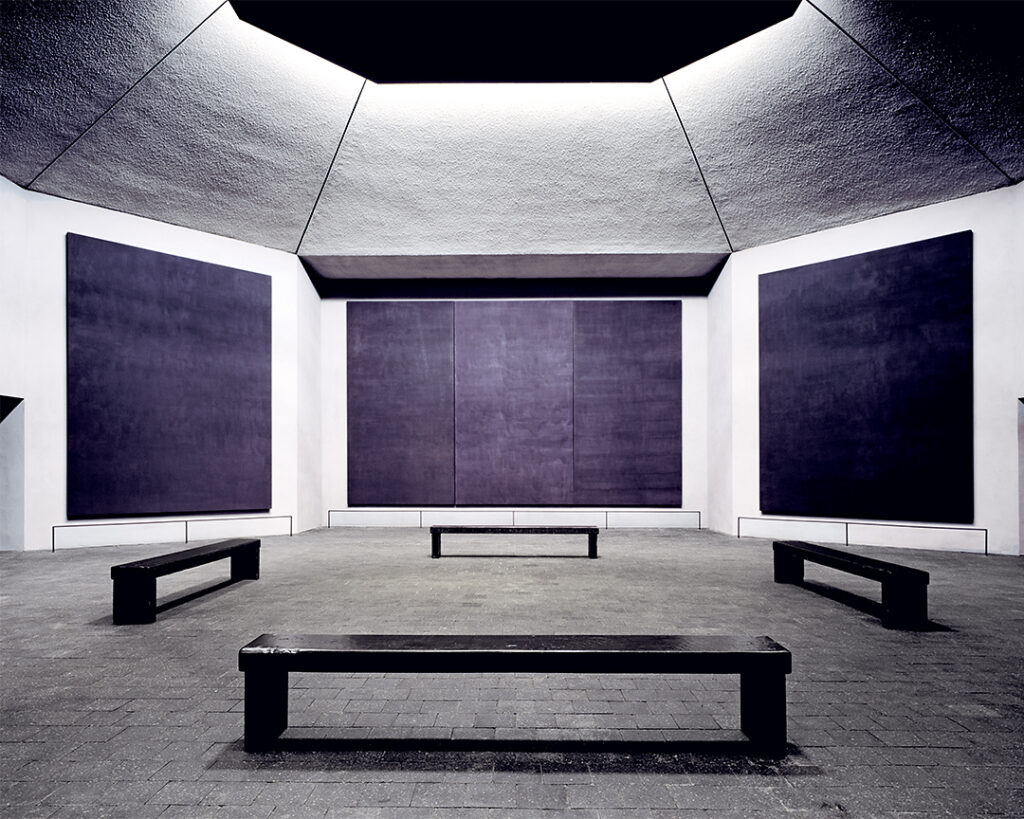Destination Art
Why do we travel for art?In an age when the internet provides instant access to a seemingly infinite bank of images, why should we still make the effort to be in the presence of a particular work in a specific place? Images may convey essential information, but there will always be something unique about experiencing an artwork in person. That firsthand experience owes a debt to not only the physical quality of the work itself but also the environment in which it is installed.

The concept of undertaking a journey to view an object in person has deep, and religious, roots. All the major world religions have traditions of pilgrimage, often to places connected to the lives and deaths of holy figures. Many of these destinations housed significant objects – relics or images – that became a focal point for pilgrims at the end of their (often grueling) travels. In the mid-seventeenth century, a new concept of travel emerged with the European Grand Tour. Personal improvement was considered attainable through direct exposure to the culture of the classical world or High Renaissance – and, of course, to the vibrant cultures that surrounded ancient sites, churches, and museums. Tourism and its pleasures are far more accessible today, but the idea persists that going to see art offers its own rewards, which is undoubtedly a part of what motivates people to make the trip.

Rothko collaborated with architects Philip Johnson and Howard Barnstone to create a dedicated space for his paintings. Fourteen canvases, made especially for the chapel, are displayed on its eight interior walls, creating an intimate yet engulfing effect. The chapel is a spiritual center that uses modern art’s universal language of abstraction to speak to all faiths.

Holt’s concrete cylinders offer a frame of reference in a region where the vast openness is awesome and disorienting. The tunnels align with the sunrises and sunsets during the summer and winter solstices. Holt also drilled holes in the shapes of constellations into each tunnel so that when sunlight travels though the holes, it casts an image of the star-inspired arrangements on the tunnels’ inner surface.
